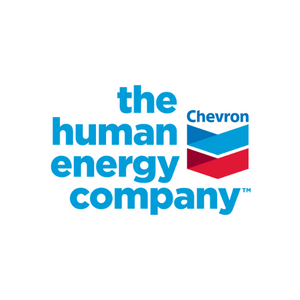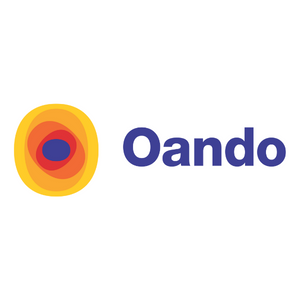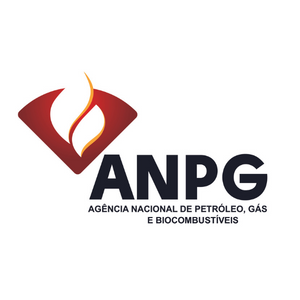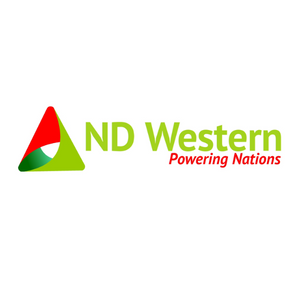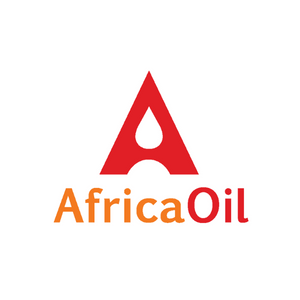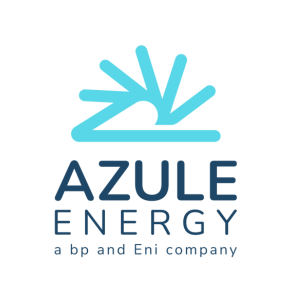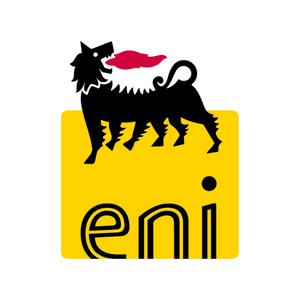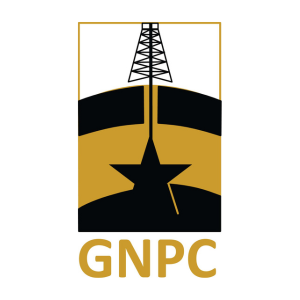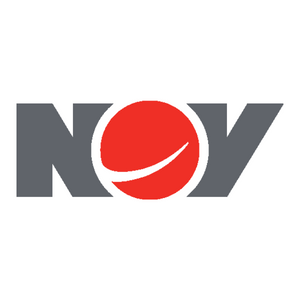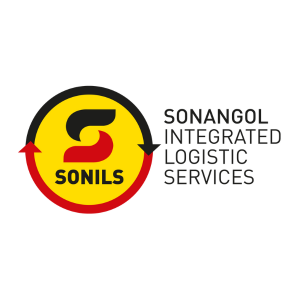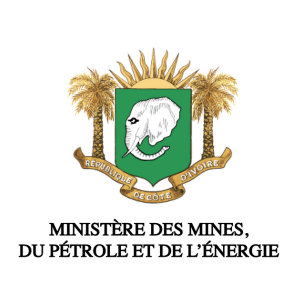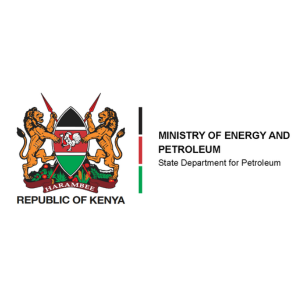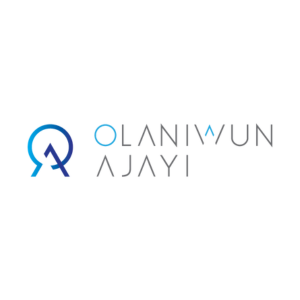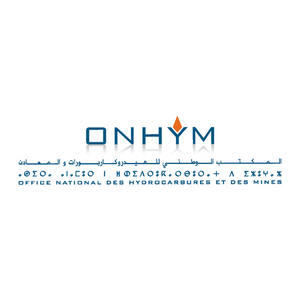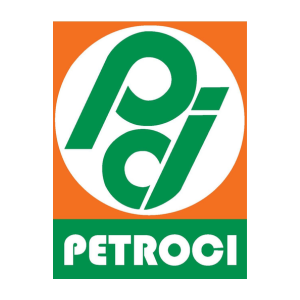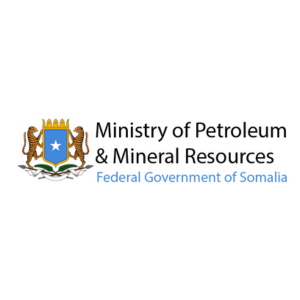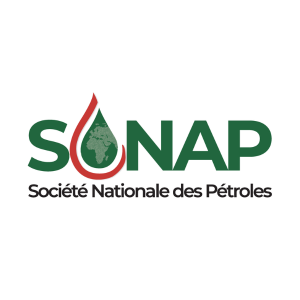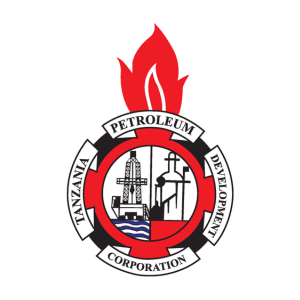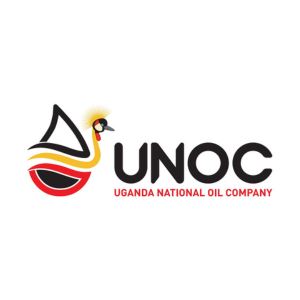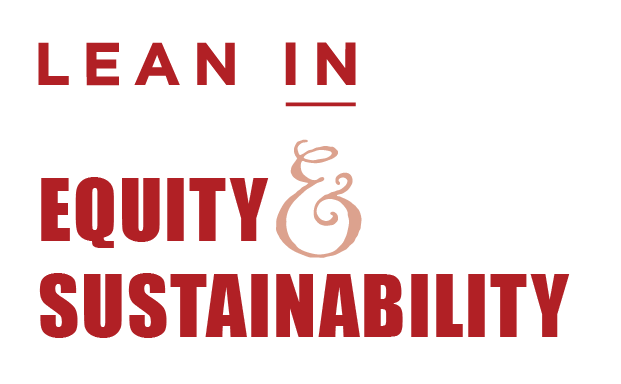What’s Next for the East African Nation’s Upstream?
With a new Minister of Energy and Mineral Development, Dr Mary Goretti Kitutu, at the helm, and the country now eagerly awaiting Final Investment Decision (FID) on both the Tilenga and Kingfisher oil fields and the East African Crude Oil Pipeline (EACOP), Uganda is entering an exciting period in its upstream journey.
During this year’s Presidential Investors’ Roundtable, Prime Minister Ruhakana Rugunda confirmed that Uganda’s minerals sector has been prioritized in the National Development Plan III as a key pillar to achieve Uganda’s Vison 2040 – and that significant milestones have been made in the journey to achieve first oil.
Tilenga and Kingfisher are jointly owned by Total, CNOOC and Tullow Oil; Kingfisher has a production expectation of 40,000 barrels/day, while Tilenga is projected to produce 200,000 barrels/day. FID for the Tilenga and Kingfisher oil fields would signal the start of the development phase, hopefully resulting in production 2-3 years later.
FID was expected last year but was unable to be reached, after the Tullow farm-down fell through over tax disputes between the Independent and the Government. That said, it looks like the tide is finally turning in terms of reaching a decision, with the President of CNOOC-Uganda, Zhao Shunqiang, saying, “It (FID) will be (realised) soon.”
To date, almost $3bn has been spent by the operating partners – and $1bn by the government – to ensure critical infrastructure is in place, which in turn will ensure the longevity and sustainability of the projects. Both fields have also received their Environment & Social Impact Assessment (ESIA) approval certificate from the National Environmental Management Authority – a prerequisite before FID can be reached. Shunqiang noted, “This is a great milestone for CNOOC Uganda Limited and the development of the oil and gas project in Uganda. It is a step closer to Final Investment Decision and realisation of first oil.”
With the outbreak of COVID-19 and the current oil price crash, many are left wondering what this means for the FID timelines. While site visits and field stakeholder engagements have stalled, Peter Muliisa, Head of Corporate & Legal Affairs at UNOC, stated, “We shall rely on technology to complete what needs to be done and have FID as soon as possible. Once those issues are sorted, we shall release the roadmap for FID.”
Earlier this week, Rystad Energy reported that several new projects across Africa will be delayed or suffer as a result of the oil price drop, as most were based on a projection of $55-60 bb. Siva Prasad, Senior Upstream Analyst, said: The investments for major planned oil and gas projects will now see a timeline shift or even a spending cut altogether, which will ultimately impact production levels in this region.” However, at estimations of approximately $40 per barrel, the Tilenga Field appears to be extremely competitive according to Rystad’s metrics.
Also awaiting sign-off is the anticipated FID for, and subsequent construction of, the East African Crude Oil Pipeline (EACOP), which will run from Uganda to Tanzania. A multitude of positive steps are being taken to ensure limited delays. Earlier this month, Tullow visited the MEMD to discuss the sale of their shares in the pipeline to their JV partners (Total & CNOOC) and Front-End Engineering Design (FEED) for the pipeline is already under review by the government, with Worley starting on early EPC work.
Africa Oil Week 2020 is looking forward to hosting the Ministry of Energy & Mineral Development alongside Proscovia Nabbanja, CEO of the Uganda National Oil Company.
During this year’s Presidential Investors’ Roundtable, Prime Minister Ruhakana Rugunda confirmed that Uganda’s minerals sector has been prioritized in the National Development Plan III as a key pillar to achieve Uganda’s Vison 2040 – and that significant milestones have been made in the journey to achieve first oil.
Tilenga and Kingfisher are jointly owned by Total, CNOOC and Tullow Oil; Kingfisher has a production expectation of 40,000 barrels/day, while Tilenga is projected to produce 200,000 barrels/day. FID for the Tilenga and Kingfisher oil fields would signal the start of the development phase, hopefully resulting in production 2-3 years later.
FID was expected last year but was unable to be reached, after the Tullow farm-down fell through over tax disputes between the Independent and the Government. That said, it looks like the tide is finally turning in terms of reaching a decision, with the President of CNOOC-Uganda, Zhao Shunqiang, saying, “It (FID) will be (realised) soon.”
To date, almost $3bn has been spent by the operating partners – and $1bn by the government – to ensure critical infrastructure is in place, which in turn will ensure the longevity and sustainability of the projects. Both fields have also received their Environment & Social Impact Assessment (ESIA) approval certificate from the National Environmental Management Authority – a prerequisite before FID can be reached. Shunqiang noted, “This is a great milestone for CNOOC Uganda Limited and the development of the oil and gas project in Uganda. It is a step closer to Final Investment Decision and realisation of first oil.”
With the outbreak of COVID-19 and the current oil price crash, many are left wondering what this means for the FID timelines. While site visits and field stakeholder engagements have stalled, Peter Muliisa, Head of Corporate & Legal Affairs at UNOC, stated, “We shall rely on technology to complete what needs to be done and have FID as soon as possible. Once those issues are sorted, we shall release the roadmap for FID.”
Earlier this week, Rystad Energy reported that several new projects across Africa will be delayed or suffer as a result of the oil price drop, as most were based on a projection of $55-60 bb. Siva Prasad, Senior Upstream Analyst, said: The investments for major planned oil and gas projects will now see a timeline shift or even a spending cut altogether, which will ultimately impact production levels in this region.” However, at estimations of approximately $40 per barrel, the Tilenga Field appears to be extremely competitive according to Rystad’s metrics.
Also awaiting sign-off is the anticipated FID for, and subsequent construction of, the East African Crude Oil Pipeline (EACOP), which will run from Uganda to Tanzania. A multitude of positive steps are being taken to ensure limited delays. Earlier this month, Tullow visited the MEMD to discuss the sale of their shares in the pipeline to their JV partners (Total & CNOOC) and Front-End Engineering Design (FEED) for the pipeline is already under review by the government, with Worley starting on early EPC work.
Africa Oil Week 2020 is looking forward to hosting the Ministry of Energy & Mineral Development alongside Proscovia Nabbanja, CEO of the Uganda National Oil Company.

